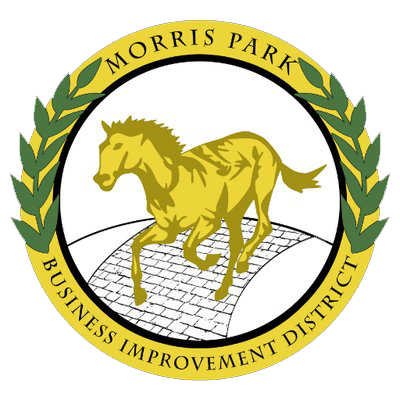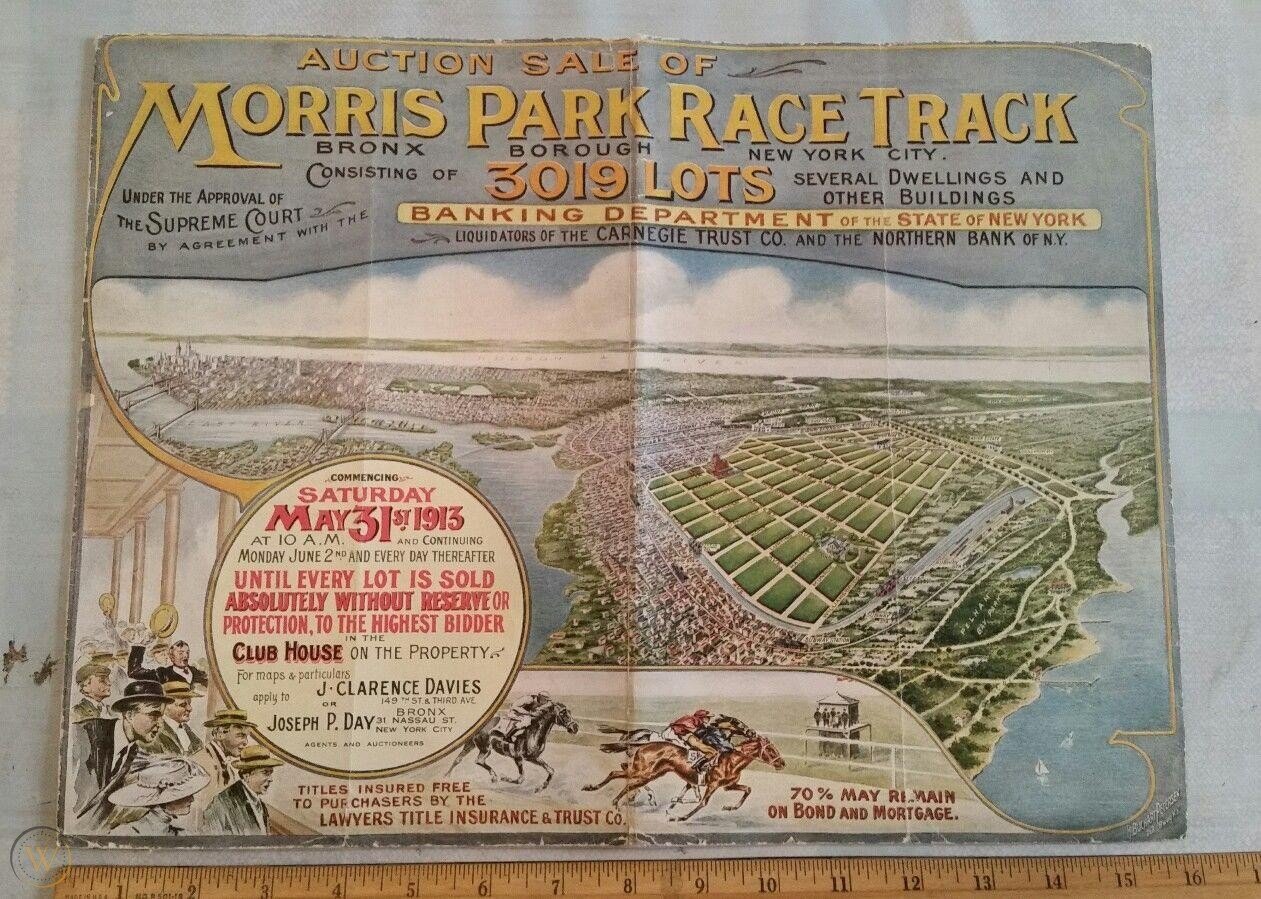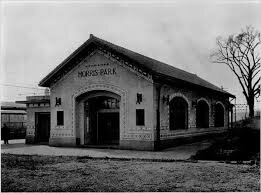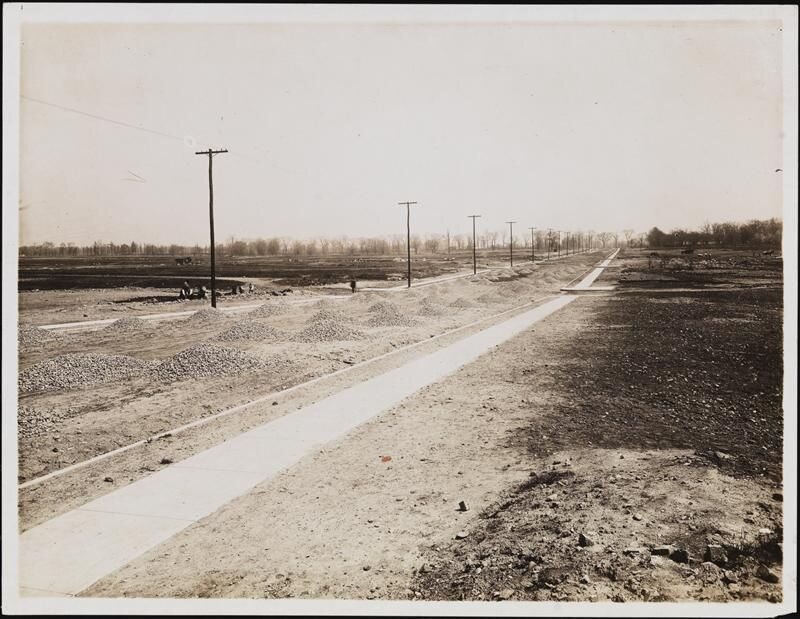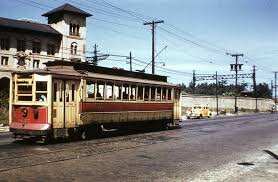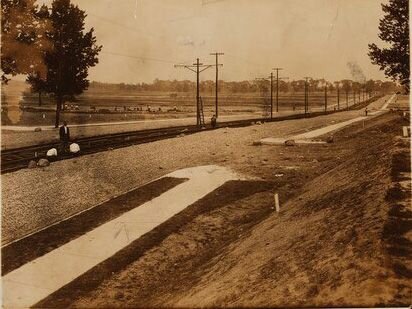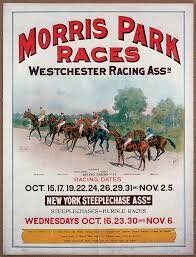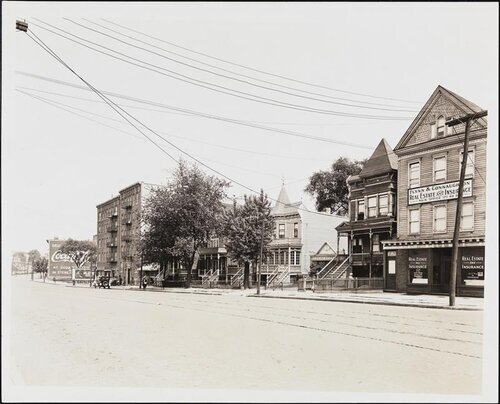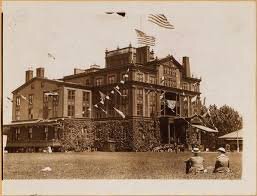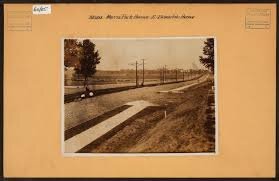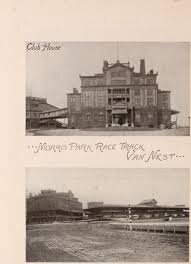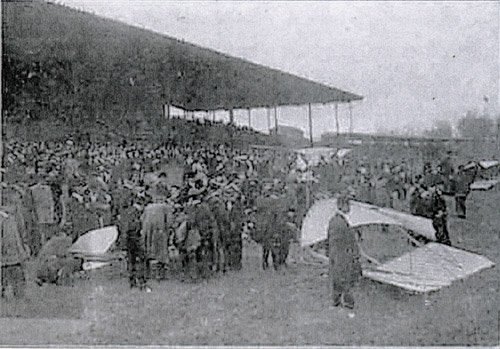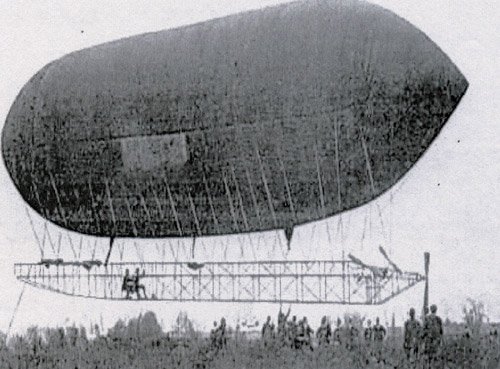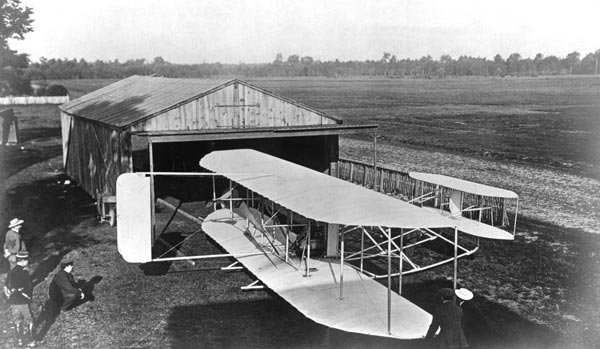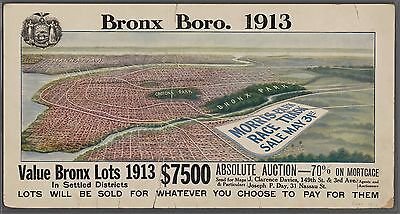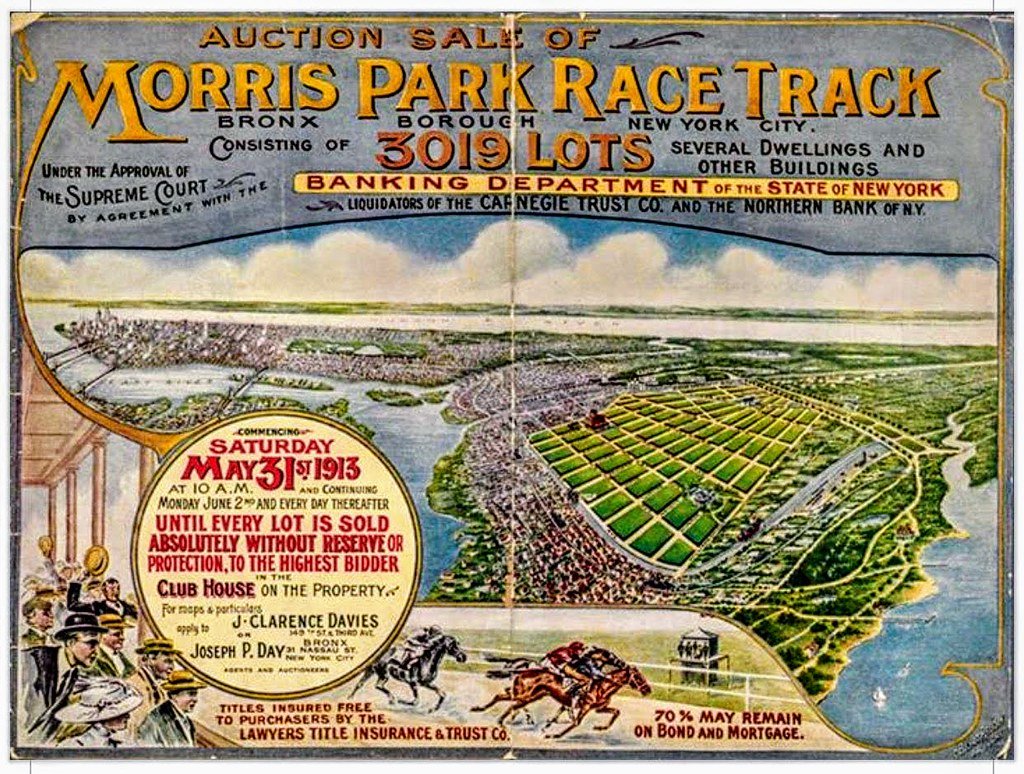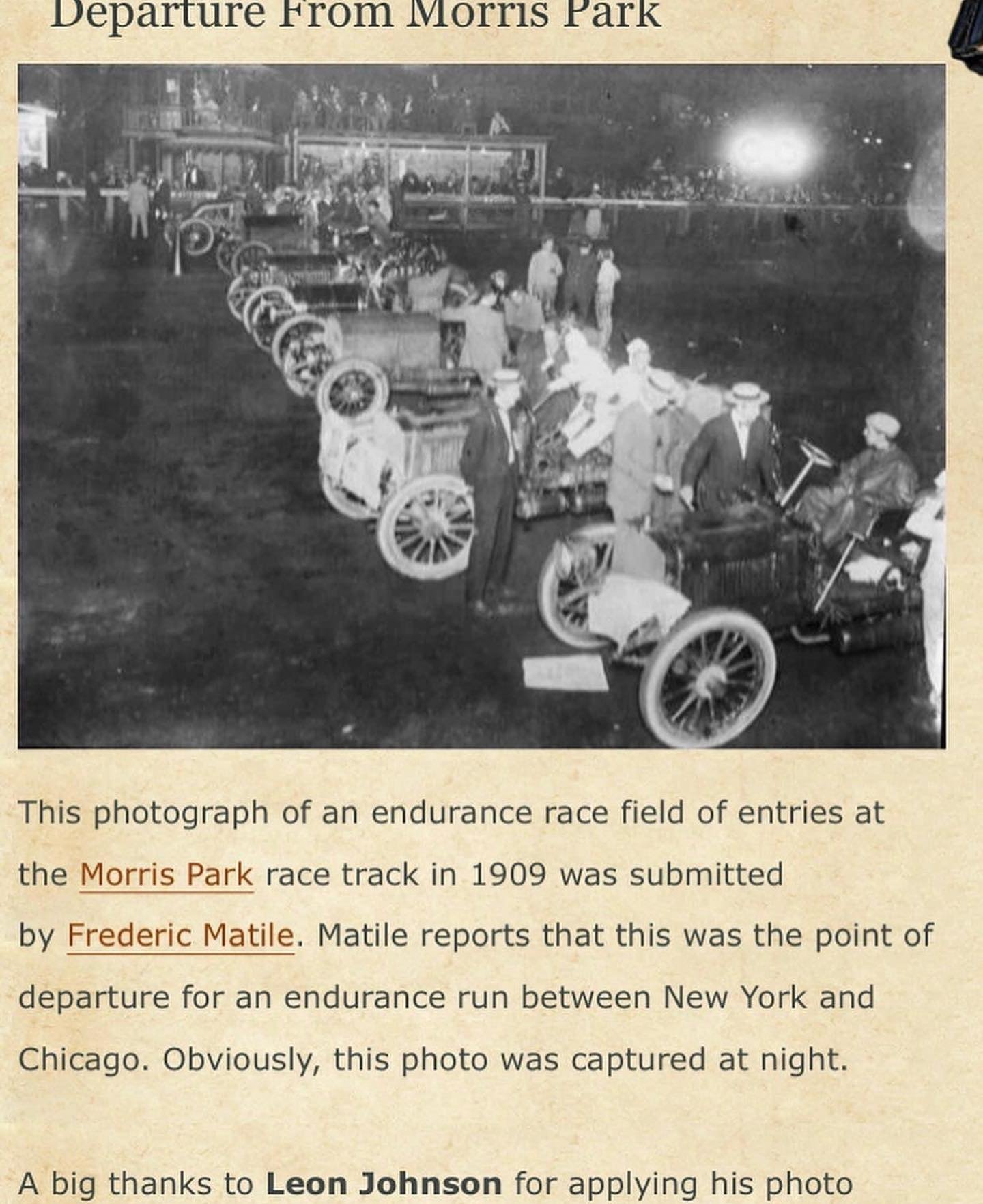HISTORY
Morris Park, The Bronx
From Wikipedia, the free encyclopedia
Morris Park is a neighborhood in the New York City borough of the Bronx. Its approximate boundaries, starting from the north and moving clockwise, are Neill Avenue and Pelham Parkway to the north, Eastchester Road to the East, the Amtrak Northeast Corridor tracks and Sackett Avenue to the east and south, and Bronxdale Avenue or White Plains Road to the west. It borders the neighborhoods of Van Nest to its southwest and Pelham Parkway to its northeast. Williamsbridge Road and Morris Park Avenue are the primary thoroughfares.
The neighborhood is part of Bronx Community District 11 in the East Bronx, and its ZIP Codes include 10461 and 10462. The area is patrolled by the 49th Precinct of the New York City Police Department, located at 2121 Eastchester Road. The local subway is the IRT Dyre Avenue Line (5 train), which runs under the Esplanade. The neighborhood has a large Albanian American and Italian American population.
History
Morris Park is named after John Albert Morris, who built the Morris Park Racecourse, which existed from 1889 until 1910.[3][4] In 1890, the Morris Park Racecourse hosted both the Preakness and the Belmont Stakes; the latter continued to be run there until 1905.[5] The track was later used for auto racing and was the site of the first public air show.[6] After a 1910 fire,[7] the property was divided into lots for the current neighborhood. Several streets in Morris Park, including Cruger, Holland, Radcliff, Colden, Paulding, and Hone Avenues, are named after mayors of New York City during the 18th and 19th centuries.
Land use and terrain
Housing in Morris Park is mostly one and two family homes of various styles. The neighborhood also has several apartment buildings. The total land area is a little over one-third of a square mile.[2] The area is low-lying and relatively flat. The northern section of Morris Park nearest Jacobi Medical Center is also referred to as Indian Village. Several streets are named after Native American tribes, including Choctaw Place, Seminole Avenue, and Pawnee Place.[8][9]
Demographics
For census purposes, the New York City government classifies Morris Park as part of a larger neighborhood tabulation area called Van Nest/Morris Park/Westchester Square.[10] Based on data from the 2010 United States Census, the population of Van Nest/Morris Park/Westchester Square was 29,250, a change of 2,115 (7.2%) from the 27,135 counted in 2000. Covering an area of 829.61 acres (335.73 ha), the neighborhood had a population density of 35.3 inhabitants per acre (22,600/sq mi; 8,700/km2).[11] The racial makeup of the neighborhood was 27.3% (7,987) White, 11.1% (3,245) African American, 0.3% (82) Native American, 10.6% (3,100) Asian, 0.1% (15) Pacific Islander, 1% (292) from other races, and 1.4% (410) from two or more races. Hispanic or Latino of any race were 48.3% (14,119) of the population.[12]
The entirety of Community District 11, which comprises Morris Park and Allerton, had 116,180 inhabitants as of NYC Health's 2018 Community Health Profile, with an average life expectancy of 79.9 years.[13]:2, 20 This is lower than the median life expectancy of 81.2 for all New York City neighborhoods.[14]:53 (PDF p. 84)[15] Most inhabitants are youth and middle-aged adults: 22% are between the ages of between 0–17, 30% between 25–44, and 24% between 45–64. The ratio of college-aged and elderly residents was lower, at 9% and 14% respectively.[13]:2
As of 2017, the median household income in Community District 11 was $48,018.[16] In 2018, an estimated 21% of Morris Park and Allerton residents lived in poverty, compared to 25% in all of the Bronx and 20% in all of New York City. One in eight residents (12%) were unemployed, compared to 13% in the Bronx and 9% in New York City. Rent burden, or the percentage of residents who have difficulty paying their rent, is 55% in Morris Park and Allerton, compared to the boroughwide and citywide rates of 58% and 51% respectively. Based on this calculation, as of 2018, Morris Park and Allerton are considered high-income relative to the rest of the city and not gentrifying.[13]:7
Culture
The neighborhood has a large Italian population, and since the early 2000s, has also had a large Albanian population and smaller Asian and Hispanic neighborhoods.[17][18] Formerly, Morris Park was predominantly Jewish.[18] It is generally more suburban than other neighborhoods in the Bronx.[17]
As an Italian American neighborhood, the residents have close ties to their heritage.[19] After Italy’s World Cup victory in 2006, over 30,000 flocked to the neighborhood for an all-day party. Since then, Morris Park has gained a rival reputation with Arthur Avenue for the prototypical Italian-American neighborhood in the Bronx. Morris Park has one of the highest percentage of Italian populations in the city, along with Bensonhurst in Brooklyn and Staten Island.[20]
Morris Park is famous for its annual Columbus Day parade, which began in 1977 to honor Christopher Columbus. It is held on the Sunday before the national Columbus Day holiday. Rudolph Giuliani, Michael Bloomberg, and Bill DeBlasio have attended as mayors.[21][22][23] The procession begins at the intersection of Morris Park Avenue and White Plains Road, marches east on Morris Park Avenue, turns north on Williamsbridge Road, and ends at Pelham Parkway South. The reviewing stand, where the local dignitaries, politicians, civic and business leaders, and Grand Marshal sit, is located on Williamsbridge Road between Lydig and Neill avenues. Past Grand Marshals have included actors Tony LoBianco, Chazz Palminteri, television personality Regis Philbin, and former New York Yankees first baseman Joe Pepitone.
Politics
Politically, Morris Park is in New York's 14th congressional district,[24][25] represented by Democrat Alexandria Ocasio-Cortez as of 2019.[26] It is also part of the 34th State Senate district,[27][28] represented by Democrat Nathalia Fernandez and the 80th State Assembly district,[30][31] represented by Democrat John Zaccaro Jr..[32] Morris Park is located in New York's 13th City Council district, represented by Marjorie Velazquez, a Democrat.
A reflection of its heavily Italian-American and Catholic population, Morris Park was politically conservative and remained one of the Bronx's few solidly Republican neighborhoods until the 1990s.[19] It was represented in the United States Congress from 1953 to 1969 by Paul Fino, a Republican, and then from 1969 to 1988 by Mario Biaggi, a socially conservative and law and order Democrat. Republican State Senators such as John D. Calandra and Guy Velella drew extensive support from Morris Park residents. In his three mayoral campaigns in 1989, 1993, and 1997, Rudy Giuliani, a Republican, carried Morris Park by substantial margins. In recent years, changing demographics have altered the neighborhood's political landscape.
Bronx Times, 2004 - Archivist hopes Morris Park will honor its aviation history
New York Times 1983 - If you’re thinking of living in: Morris Park
New York Times 1985 - The talk of the 49th Precinct; Outer calm belies residents’ fears in ‘Balkans’ area of northeast Bronx
New York Times 2018 - Morris Park. Bronx: Where Congeniality Flourishes
Institute of Special Education - History of our local streets
